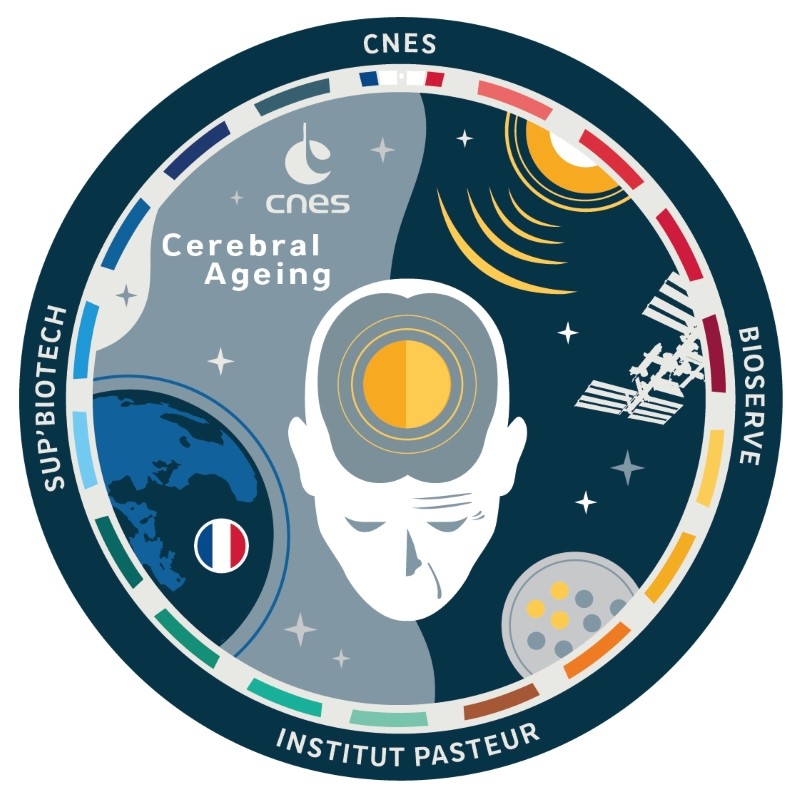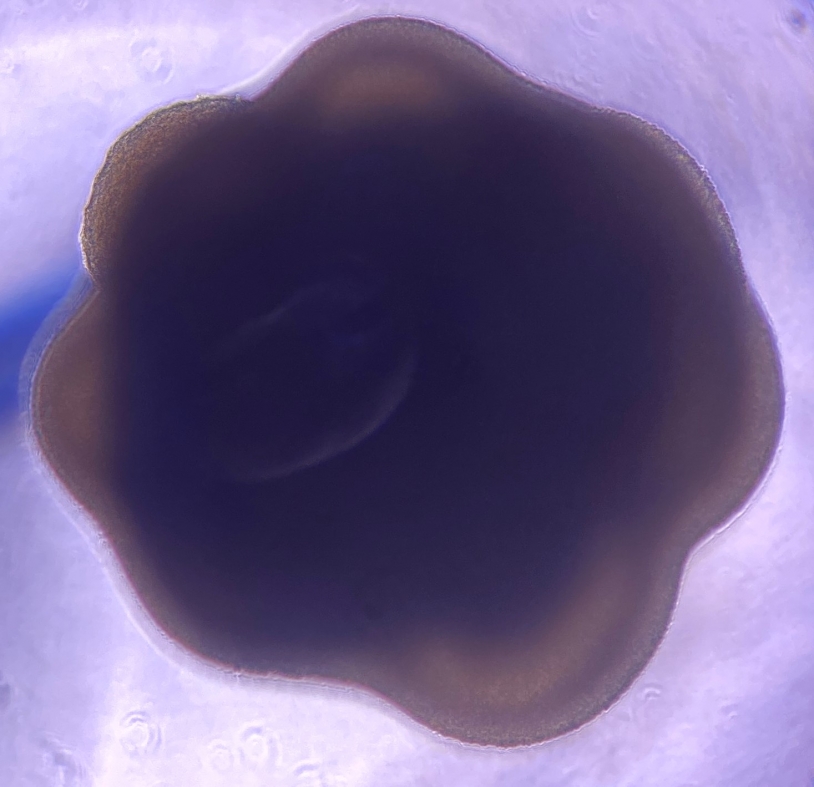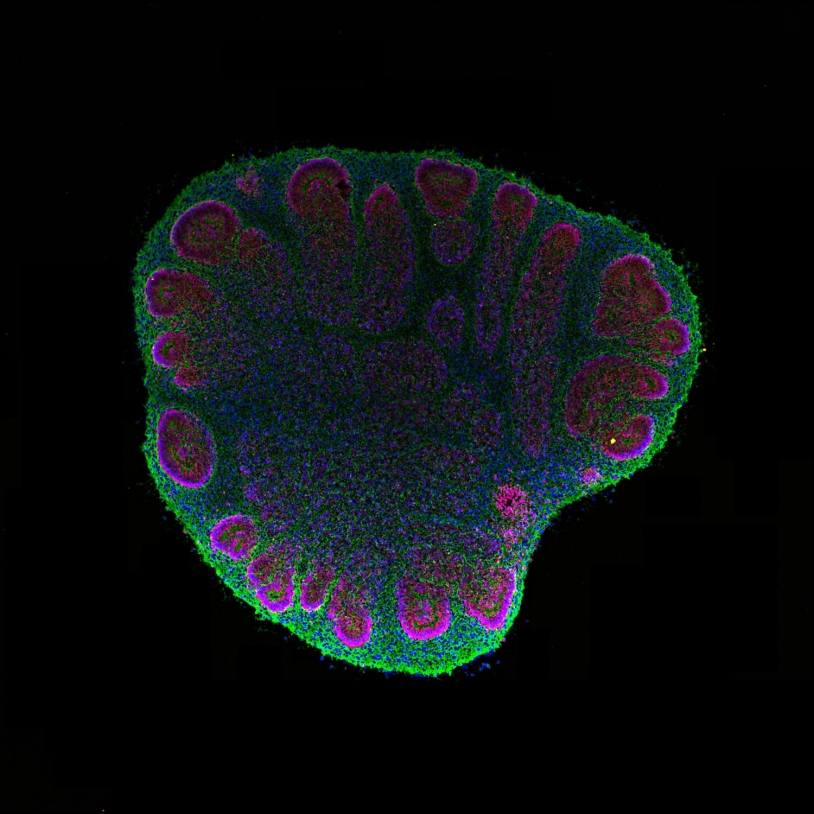Scheduled for early November, the Cerebral Ageing experiment will depart for the International Space Station (ISS) from Cape Canaveral, Florida, inside a Dragon spacecraft atop a Falcon 9 launcher.
The experiment aims firstly to create the conditions for studying complex human cellular structures in vitro over long periods in space. It subsequently seeks to analyse the effects of long-term space travels on their physiology.
This experiment has been designed by scientists at the Pasteur Institute and SupBiotech, working closely with CNES (French Space Agency) experts.

More specifically, Cerebral Ageing will study the ageing process of brain cells at molecular and cellular level. As this type of study is not possible to complete in live individuals, the experiment will employ cerebral organoids, which are composed of cells which constitute the human brain and can be studied at will. Cerebral organoids are derived from a particular type of human stem cells called Induced Pluripotent Stem Cells.
Organoids are 3D biological models grown in the laboratory that remarkably mimic the structure of developing human tissues and organs. These organoids originate from stem cells that self-organize in a suitable 3D environment (hydrogel, porous matrix…) Compared to 2D cultures, 3D organoids substantially enhance the diversity of cell types and their interactions. Just as a single cell does not behave the same way as a cell within a group, the 3D architecture reveals functions and physiological and cellular characteristics more representative of living organisms.
Cerebral Ageing stands as a pioneering experiment to show that such cellular structures generated on Earth can be sent into space and grown there for extended periods of time. At the end of the space mission, living organoids, and organoids that are preserved at the start, middle and end of the experiment duration will be returned to Earth for analysis and comparison with control cultures that remained on Earth throughout the mission. Cerebral Ageing could evolve towards a more complex protocol aimed at studying the development of different types of healthy and diseased cerebral organoids over longer periods of time.


The interest of this experiment is twofold: first, its results could yield new insights into certain genetic disorders that cause premature ageing in children, and possibly offer clues about the normal ageing process; and second, astronaut health and fitness poses a key challenge for long-duration deep-space crewed missions. Understanding the effects of microgravity and prolonged exposure to cosmic radiation—which cannot be reproduced on Earth—on brain cells and finding indicators to monitor their progression is critical to future exploration of space and astronaut safety.
The CADMOS center for the development of microgravity applications and space operations at CNES is coordinating experiment activities with all stakeholders and partners. The Pasteur Institute and SupBiotech are the science leads and provided the organoids to be used on this mission. The European Space Agency (ESA), in collaboration with NASA have included this experiment in the science programme of the SpaceX-29 mission, and the U.S. organization BioServe Space Technologies is supplying hardware to support the experiment on the ISS and will be monitoring operations once on board.
